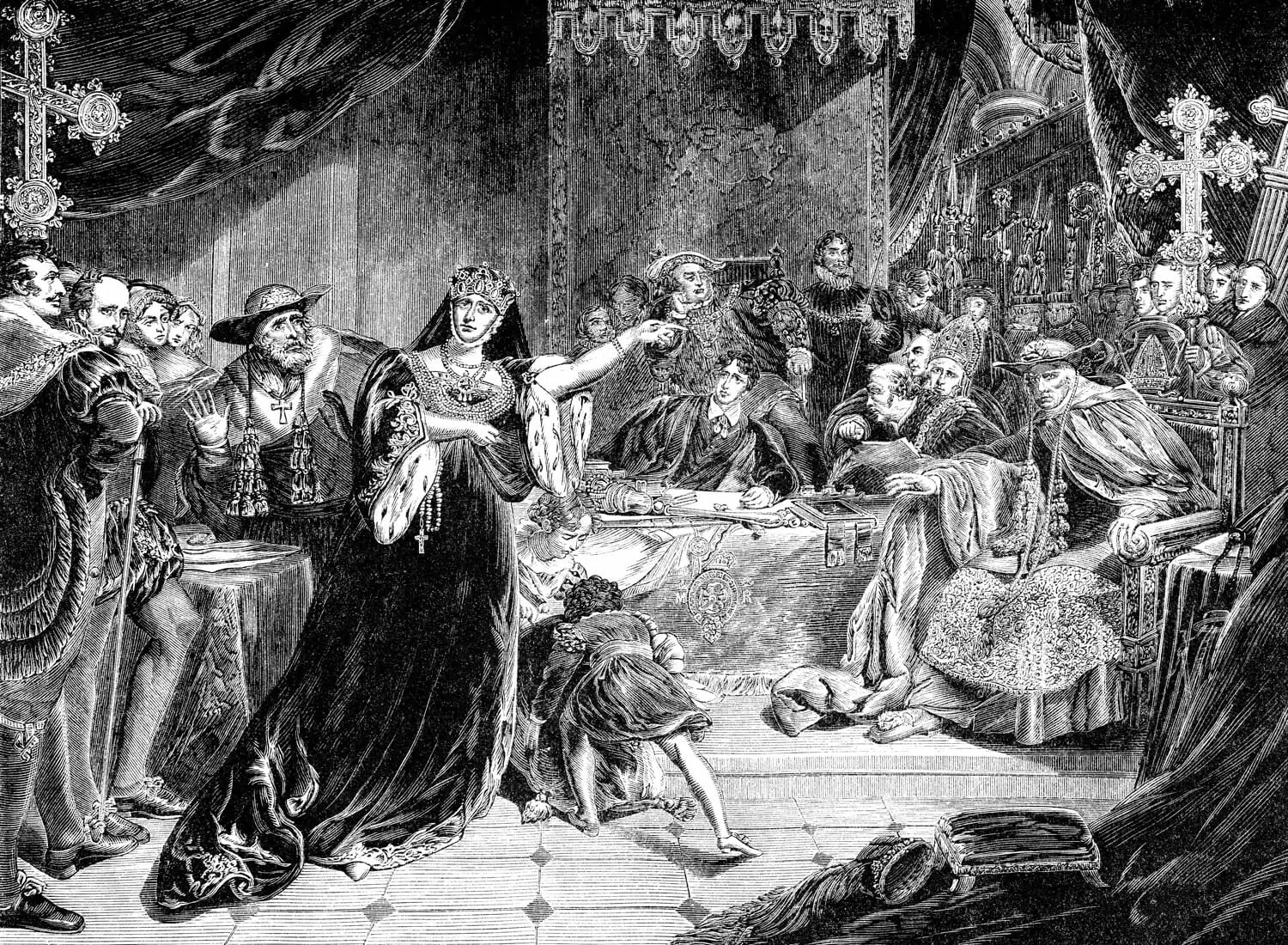The year was 1968, and a little ol’ country gal named Tammy Wynette belted out a song, D-I-V-O-R-C-E, which reached Number One on the country charts in less than two months. But the act of getting a divorce was nothing new in 1968, and though she had five marriages herself, we assure you that Wynette did not invent the practice.
Like a Fine Beer, Divorce Was Imported
Divorce has been around for many centuries. Much of our nation grew from colonization by English powers and institutions, so the long history of divorce in England was easily imported to the New World. Just think of Henry VIII and his six wives (divorced; beheaded; died; divorced; beheaded; survived—lucky, lucky Catherine Parr) from 1509 to 1547.
As long as people have been marrying, they have searched for and found ways to divorce, too. They may have created hoops and hurdles to jump through, but they chugged along with inventiveness:
- Omnibus Clauses—Courts had wide latitude to find fault grounds for divorce
- Clean Hands Doctrine—One side was purity itself, while the other side was the devil incarnate
- Irreconcilable Differences—California (and Ronald Reagan) lessened the social weight of divorce by allowing the decree without the burden of adultery or other very nasty sins
Granting Divorce in the Colonies
The Massachusetts Bay Colony, which started as a commercial enterprise to tap the supposed riches of our New World for the folks back home (in England), cobbled together a judicial tribunal (a legislative body) in 1629 to handle divorce. Their justifications for granting divorce were surprisingly familiar to anyone acquainted with the Code of Virginia (our modern law):
- Adultery
- Desertion
- Bigamy
- Sometimes impotence
Southern colonies—Virginia included—were much less willing to grant divorce than northern colonies, until the Revolutionary War. According to the experts of The History Cooperative, divorce moved out of legislators’ hands into the judicial branch because it took too much time away from legislative bodies trying to pass laws and such. Women had few, if any, legal rights, so divorce generally left them with nothing—no property, financial assets, or roofs over their heads.
The Rise of the Quick Divorce
From around 1848 onward, the Married Women’s Property Acts and other forces worked to make divorce ever-easier to obtain. Western territories and states (Indiana, Utah, the Dakota Territories) catered to quick divorces, but nobody had a clear idea as to how many divorces they were actually granting. On March 3, 1887 Congress ordered compilation of divorce statistics back to 1867, as ammunition against this so-called Godless act.
When the data came back and indicated (as they still do today) that the rate of marriage hardly changed in those original 20 years, seldom varying from 9.6 marriages per 1,000 people, the wind may have gone out of the zealots’ sails.
Except…
The rate of divorce climbed steadily from 1867 through 1946. This is because laws changed to allow women more rights and freedoms, so divorce became more widespread. Since this rate continued to climb (with minor dips for wars and other anomalies), those same zealots could latch onto the divorce rate and blame just about any immediate phenomenon they liked.
Long dresses, women’s suffrage, drive-ins, rock ‘n’ roll music, and women drivers have all been blamed for rising divorce rates by folks with a vested interest in promoting marriage. The reality, as presented by the Centers for Disease Control, is the divorce rate has always been fairly low—rising to around 5 per 1,000 in the 1980s—but has almost always been lower than the marriage rate.
So Why Did the Divorce Rate Rise, Then?
Divorces, like politics, are always local. They are never sweeping, national trends, but the solution to difficulties two people face here, now. While divorce may be more acceptable today than it was in 1867, it has always been a useful option—no matter the price paid by the wife and husband—when confronted with unpleasant realities. You can make the case that, far from being a canary in a coal mine indicating impending moral collapse, it is a natural social safety valve, a way to prevent more serious social ills while protecting children.
Equality & The Introduction of No Fault Divorces
The trend of slowly rising divorce rates also reflects a trend toward equality. Women and men both benefit from the 1970s innovation of no fault divorces, which in Virginia comes about from being separated for six months (or a year if you have children). Though both sides still need the services of good lawyers for separations and divorces, neither the man nor the woman bears any social stigma from being accused of adultery, sodomy or buggery, for example.
Divorce may be a very old institution in the United States, but it will be new to you. Remember, your wife enjoys many of the same rights and powers you have. Protect yourself and assert your rights. Turn to The Firm for Men for professional advice, wise counsel, and the trusted word of experienced attorneys. Call 757-383-9184 today to speak to one of our lawyers about your case or contact us online for a consultation. We’re centrally located in Virginia Beach and serve Norfolk, Chesapeake, Portsmouth, Suffolk, Hampton, and Newport News.


